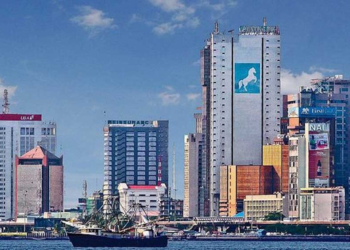The ongoing depreciation of the naira is expected to result in pharmaceutical product imports costing over N900 billion in 2024. This surge in import prices adds pressure to the already high drug costs faced by Nigerians, following the challenges encountered in 2023. Data from the International Trade Center reveals that Nigeria imported pharmaceutical products worth $1.05 billion in 2022. At the prevailing exchange rate of N902.45/$ as of February 19, 2024, this translates to a projected cost of N950.81 billion. The lack of foreign trade records for the fourth quarter of 2023 necessitated the use of 2022 data.
The scope of pharmaceutical products encompasses various medical supplies, including medications, organs for therapeutic uses, and medical devices. Nigeria primarily imports these products from countries such as India, China, Malaysia, Netherlands, and Belgium.
Since 2019, Nigeria’s pharmaceutical imports have consistently exceeded the $1 billion mark. This trend is expected to persist in 2024, especially with the shift of some foreign drug companies to prioritize importation. GlaxoSmithKline Consumer Nigeria Plc and Sanofi are among the companies adopting a third-party distribution model, resulting in a significant increase in drug prices. The pharmaceutical industry in Nigeria is particularly vulnerable to shocks from foreign exchange volatility, impacting the cost of essential medical supplies.
In light of rising drug prices, concerns have been raised by various stakeholders, including pharmaceutical experts and political figures. The Nigeria Medical Association has called for government intervention to address the affordability of medical services. President Bola Tinubu has endorsed resolutions aimed at tackling the escalating costs of pharmaceuticals, emphasizing the need for regulation to protect citizens’ health and well-being.
As the pharmaceutical landscape grapples with challenges stemming from foreign exchange fluctuations, industry players and policymakers face the task of implementing sustainable solutions to ensure both the financial stability of healthcare institutions and the affordability of services for patients.










